



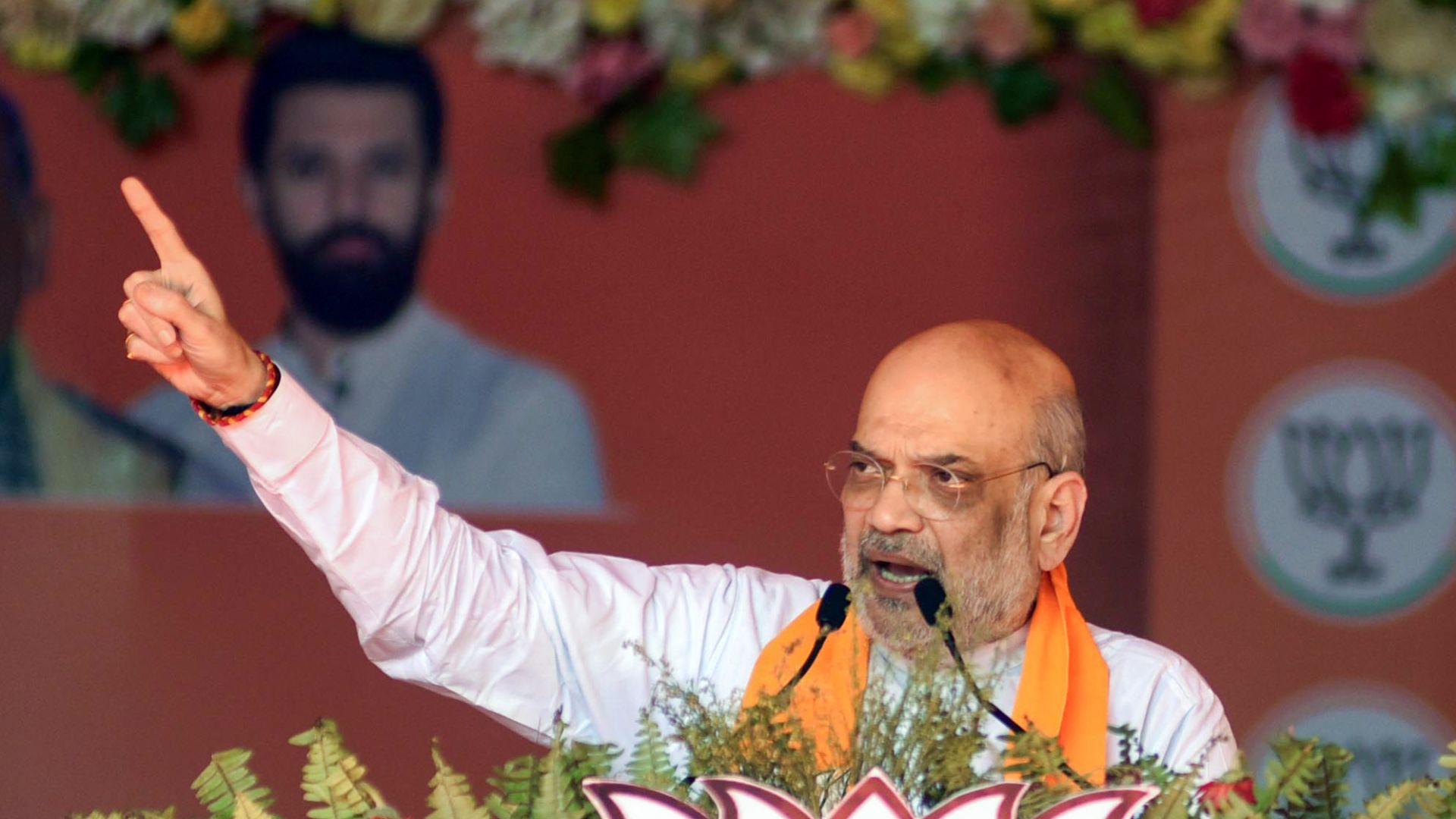
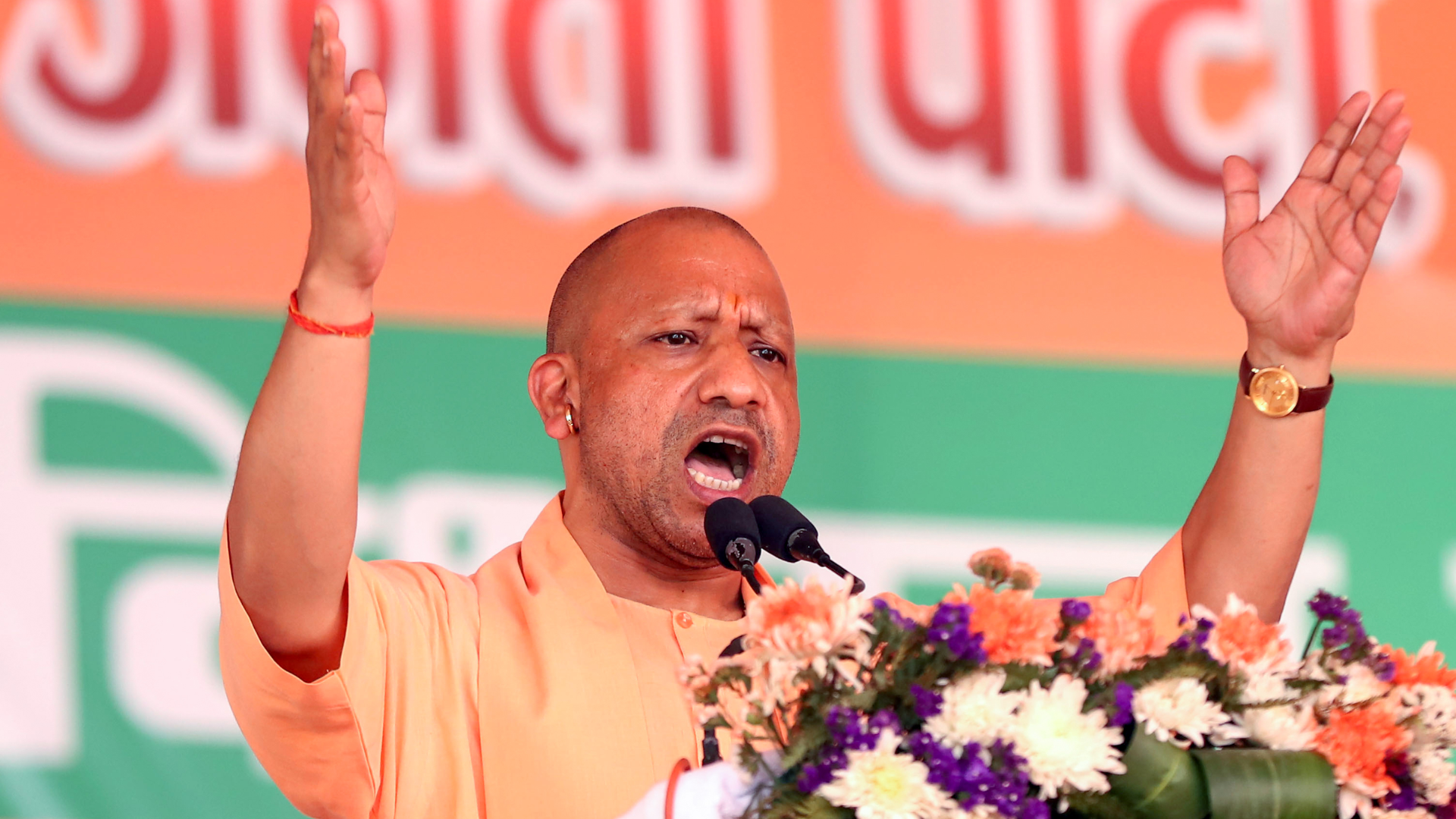
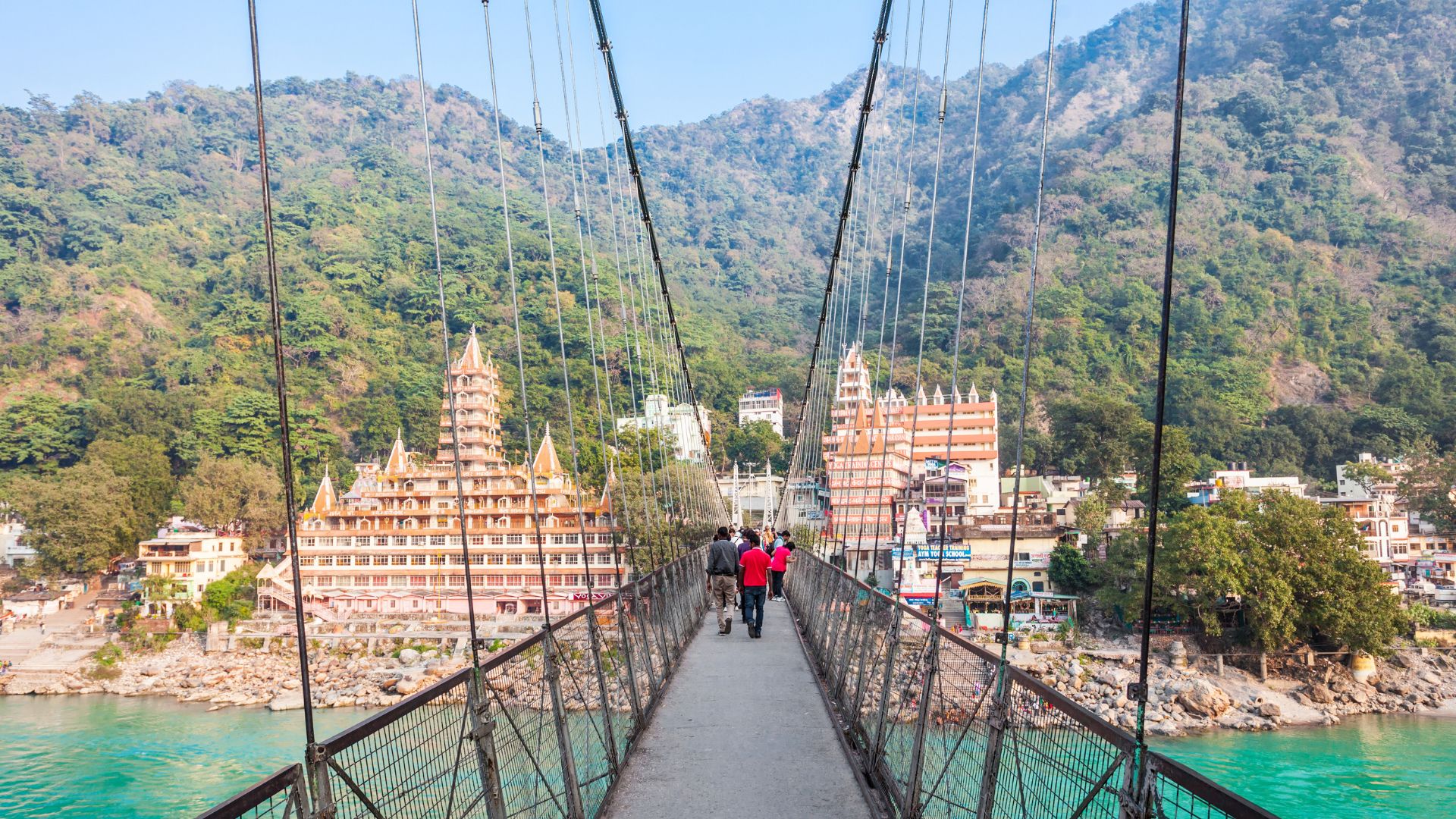


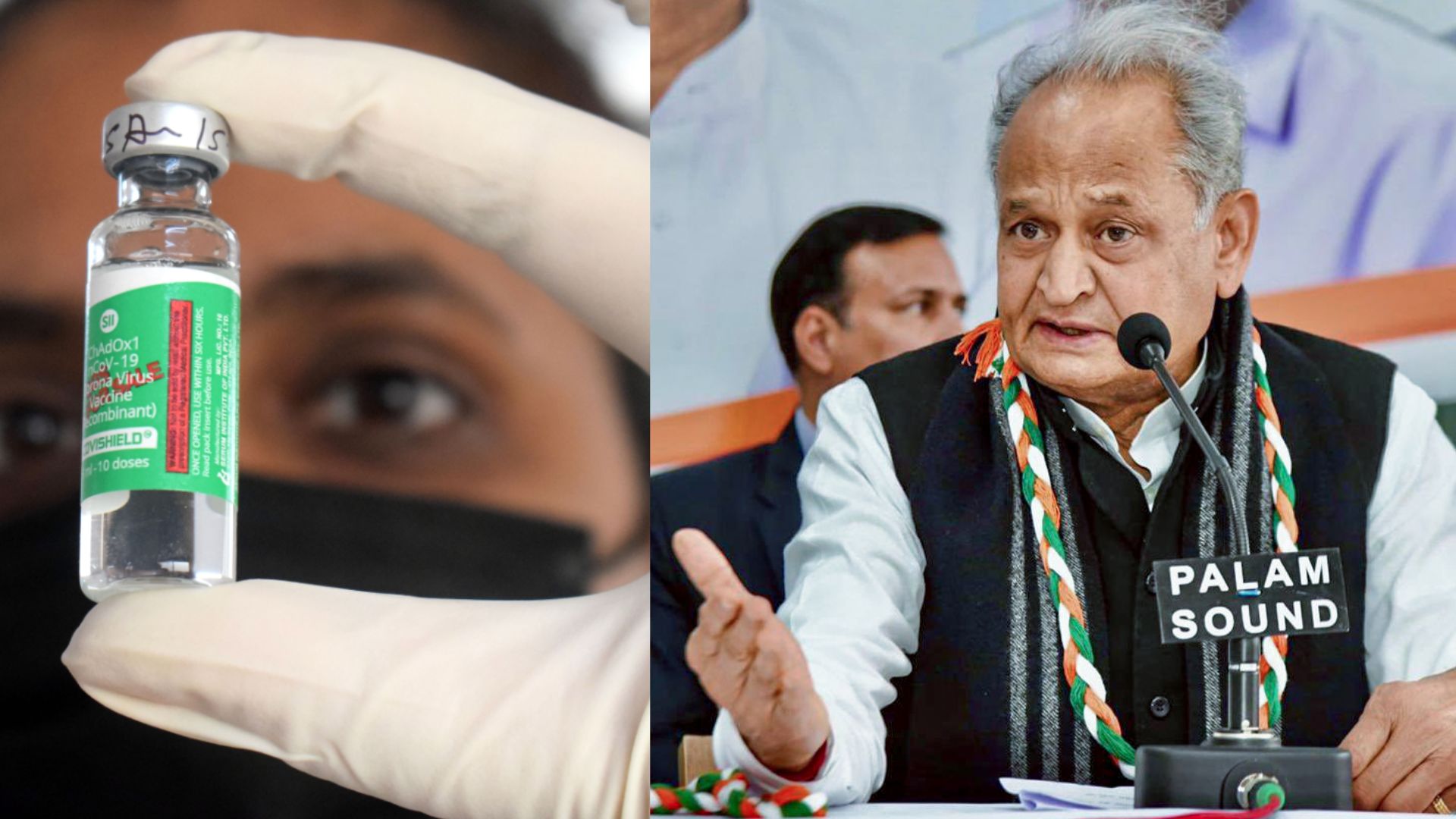
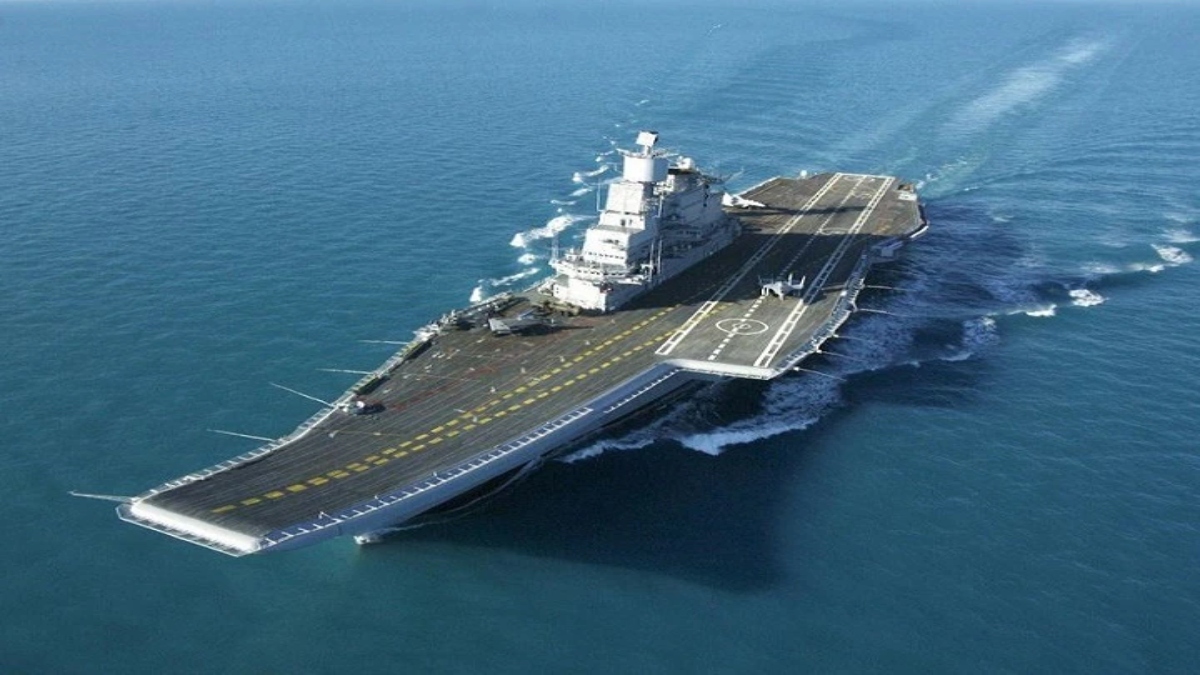
On the afternoon of September 2, Prime Minister Narendra Modi will commission the INS Vikrant aircraft carrier into the Indian Navy.
Following the indigenous construction of three nuclear-powered ballistic missile submarines, India will demonstrate its capability and material technology to design and build aircraft carriers with the commissioning.
After September 2, the Indian Navy will have two carriers, though Vikrant will take another year to fully operationalize and INS Vikramaditya will be fully operational by the end of the year.
While the debate over acquiring a third aircraft carrier with a larger capacity, capability, and operational radius has already begun, the Indian Navy must first prove its worth with its current robust force before acquiring any bigger boy toys.
With two aircraft carriers and a half-century of naval aviation experience, the Indian Navy is a force to be reckoned with in the Indo-Pacific, capable of opening the seafront against any Asian power. The Indian Navy must shift its mindset from one of maritime diplomacy to one of combat on the high seas. It needs to shift from force projection to force application.
Simply put, the Indian Navy needs to show teeth now that the theatre has shifted from mere blockading of Karachi harbour to the Indo-Pacific and against an adversary who wants to be the world’s number one power and is willing to throw all rules out the window to achieve that goal. The audacity and impudence of China’s Ambassador to Sri Lanka in claiming that India has occupied the island nation 17 times in history is just hors d’oeuvre.
The Chinese war dance around Taiwan and the Indo-Pacific cannot be dismissed as domestic Kabuki. China is using force and announcing its presence as a pre-eminent power on the global stage, just as it did in Ladakh in May 2020.
The Indian Navy’s desire for a third aircraft carrier makes sense only if it can confront a foe on its doorstep and deep in the Indo-Pacific. It is pointless to invest billions of dollars in a carrier strike force to protect the Bay of Bengal or the Arabian Sea.
Airbases on India’s island territories and anti-ship ballistic missiles can easily ensure this. It is worth noting that France has only one aircraft carrier strike force with its overseas territories, whereas the United Kingdom, once a dominant naval power with overseas territories, has two aircraft carriers.
China is the new kid on the block when it comes to naval aviation, as neither Japan nor Germany have aircraft carriers.
The only significant player in this game is the United States, which shares strategic interests with India in the Indo-Pacific due to a common threat, China.
Chinese activity in the Indian Ocean region has steadily increased over the last decade, with no less than 53 Satellite and Ballistic Missile tracking vessels, also known as Research Vessels, being monitored by Indian Navy units since 2020.
While Beijing is attempting to make the South China Sea its backyard, it is also dispatching more warships to the Indian Ocean and far Pacific in the name of maritime diplomacy or anti-piracy operations.
It is only a matter of time before the Chinese carrier strike force transits the Indian Ocean, putting pressure on the Indian Navy and the Persian Gulf sea lanes.
India’s adversary is well defined, and national security planners are fully aware of this. A third aircraft carrier makes sense only if the Indian Navy is willing to trade in its spotless white uniform and gleaming white shoes for battle fatigues.
Read more: China’s actions increase likelihood of LAC standoff becoming flashpoint: Ex-Australia PM









